The drought which affected a great part of the country in 2008 dried these big cavities which were filled with rain water and the landscape changed drastically. The rains from that moment on were not enough to recover the water mirrors and favoured the advance of cattails all over the bed of the ponds and of trees forming woods. In 2013 the City council worked on a project to recover the original appearance of the reserver whose main objective was the representation of the Pampean environments.
The board was placed by the end of May but before that preparations had been seen. Cleaning works, outdoor showers and water fountains, cement benches, etc. The delay to announce the project was due to build consensus on how to adapt an engineering work to a protected natural environment. The elaboration of the project was not in charge of the Reserve. So, the need to find a feasible solution which takes into account both biological and environmental aspects during the work and to the future (sedimentation, dredging, salinazation, etc). That is why the Reserve invited different actors (non-governmental organizations, the University of Buenos Aires, the Pasteur Institute, etc.) to participate providing ideas, and solutions to potential problems.
The following information is a summary of what was exposed during a meeting which took place at Costanera on April 15th in which I was invited along with other associations. Eduardo Haene, the Director of the Reserve, and Jimena, representing the City Council, told us what the project was like and how it was taking form to adapt it to the needs of a reserve. They took notes of all the concerns and contributions of the participants.
Two cabins, one at each access, were placed to inform the public about the works. Boards also showed the main idea.
In general terms, the project consists of taking water from the river and making it circulate from the access point at Canal Viamonte crossing to the Coypu Pond, then to the Duck Pond, later to the Gull Pond and finally into to river through the tubes which can be seen on the coast. The water will run along the circuit 30 days and the circulation will prevent salinzation and sedimentation.
Works will begin in the sense of circulation and this the first stage includes the circuit from the water intake to Canal Viamonte till the Plus Ultra Breakwater. This stretch would be ready in six months. The Canal Viamonte is separated from the river by an embankment which prevents the income of water except in great sudestadas. This embankment was saved and a pump is used to inject water from the river into the Canal. Removing this embankment would mean earth moving, the presence of big machinery with low maneouvreability, the loss of vegetation and on the other hand it favoured the income of sediment and permanent dredging´would be needed. In a clearing at the western side of Canal Viamonte a deep reservoir was installed, where the pump system is placed and tubes cross to Coypu Pond. In the first fifty meters, where Coypu is densely covered with trees, a cobble-paved canal runs in the open air to oxigenate water and render it cleaner.
Two pumps have already been mentioned (one to take water from the river and another from the reservoir to Coypu). There will be a third one to reach the Plus Ultra breakwater, last part of this project which was not cleared. The pump type was not defined yet, but they will have a flotation system to cut the income of water according to water level.
To avoid the income of rubbish when there is sudestada a floating barrier at the beginning of the canal and then a mesh strainer to act as a filter.
Photos shwoing the preparations at Viamonte Access.
 23-3-2013 © Angel Prato Duchas 23-3-2013 © Angel Prato Duchas 23-3-2013 © Angel Prato Cobbles for the canals? 23-3-2013 © Angel Prato Cobbles for the canals? 24-3-2013 © J. Simón Tagtachian 24-3-2013 © J. Simón Tagtachian 24-3-2013 © J. Simón Tagtachian Info Cabin at Viamonte Access 24-3-2013 © J. Simón Tagtachian Info Cabin at Viamonte Access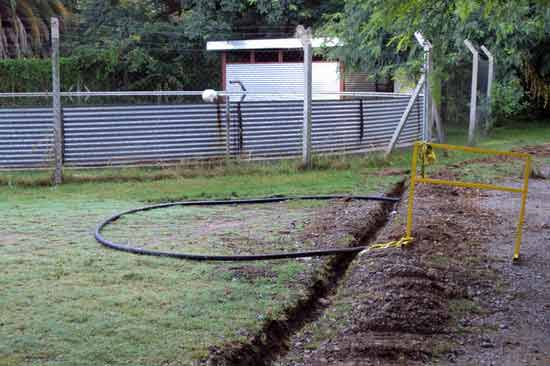 24-3-2013 © J. Simón Tagtachian 24-3-2013 © J. Simón Tagtachian 24-3-2013 © J. Simón Tagtachian Working site 24-3-2013 © J. Simón Tagtachian Working site 14-4-2013 © Cora Rimoldi Removal of rubbish along the canal 14-4-2013 © Cora Rimoldi Removal of rubbish along the canal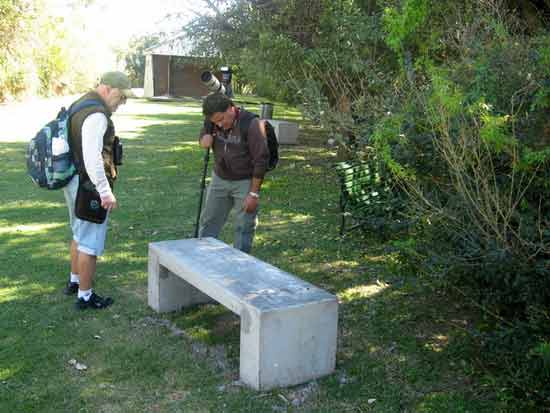 New cement benches New cement benches15-4-2013 © Adrián Nirich  Mould for benches Mould for benches15-4-2013 © Adrián Nirich  15-4-2013 © Adrián Nirich 15-4-2013 © Adrián Nirich 27-4-2013 © Cora Rimoldi Demarcation of the canal 27-4-2013 © Cora Rimoldi Demarcation of the canal 27-4-2013 © Cora Rimoldi Demarcation of the canal 27-4-2013 © Cora Rimoldi Demarcation of the canal 26-5-2013 © J. Simón Tagtachian Clearing Coypu Pond to dig the open-air canal 26-5-2013 © J. Simón Tagtachian Clearing Coypu Pond to dig the open-air canal  26-5-2013 © J. Simón Tagtachian Clearing Coypu Pond to dig the open-air canal 26-5-2013 © J. Simón Tagtachian Clearing Coypu Pond to dig the open-air canal  26-5-2013 © J. Simón Tagtachian Cleaning Coypu Pond to dig the open-air canal 26-5-2013 © J. Simón Tagtachian Cleaning Coypu Pond to dig the open-air canal  26-5-2013 © J. Simón Tagtachian Cleaning Coypu Pond to dig the open-air canal 26-5-2013 © J. Simón Tagtachian Cleaning Coypu Pond to dig the open-air canal 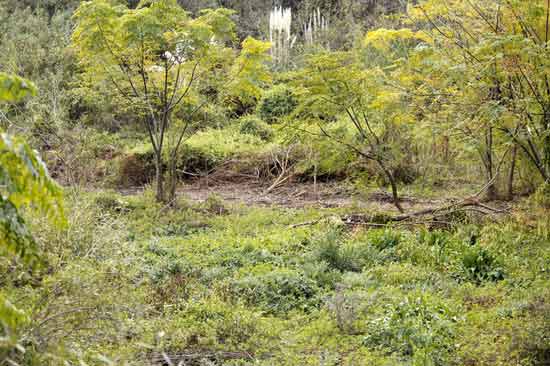 26-5-2013 © J. Simón Tagtachian Cleaning Coypu Pond to dig the open-air canal 26-5-2013 © J. Simón Tagtachian Cleaning Coypu Pond to dig the open-air canal 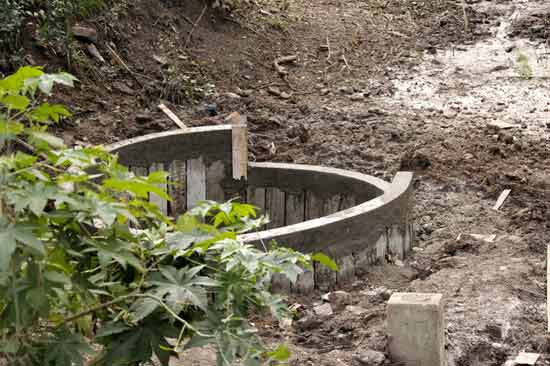 26-5-2013 © J. Simón Tagtachian Reservoir at western end of Canal Viamonte 26-5-2013 © J. Simón Tagtachian Reservoir at western end of Canal Viamonte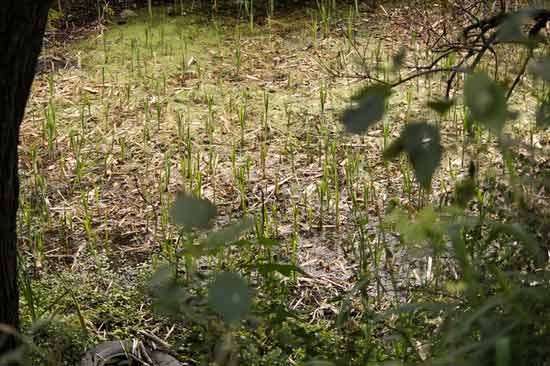 26-5-2013 © J. Simón Tagtachian A month later after clearing Canal Viamonte emerging herbs can be observed 26-5-2013 © J. Simón Tagtachian A month later after clearing Canal Viamonte emerging herbs can be observed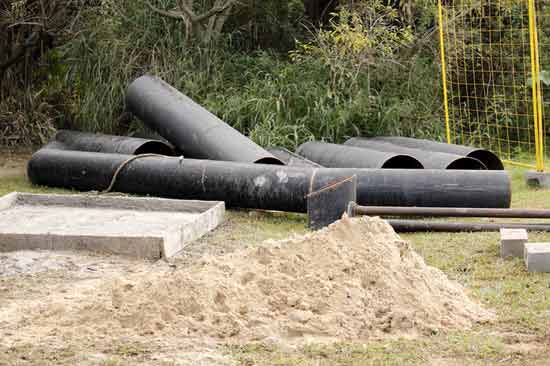 26-5-2013 © J. Simón Tagtachian Pipes to intake water from the river and crossing to Coypu 26-5-2013 © J. Simón Tagtachian Pipes to intake water from the river and crossing to Coypu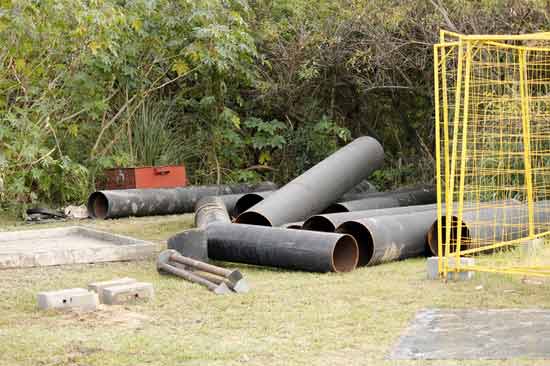 26-5-2013 © J. Simón Tagtachian Pipes to intake water from the river and crossing to Coypu 26-5-2013 © J. Simón Tagtachian Pipes to intake water from the river and crossing to Coypu 1-6-2013 © J. Simón Tagtachian 1-6-2013 © J. Simón Tagtachian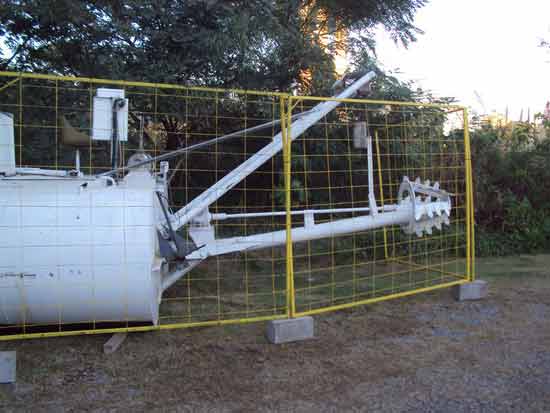 1-6-2013 © J. Simón Tagtachian 1-6-2013 © J. Simón Tagtachian 1-6-2013 © J. Simón Tagtachian 1-6-2013 © J. Simón Tagtachian © J. Simón Tagtachian This oil working equipment was brought to supplement the provision of electricity since the present capacity is not enough. It will be working provisionally till the power lines are installed. © J. Simón Tagtachian This oil working equipment was brought to supplement the provision of electricity since the present capacity is not enough. It will be working provisionally till the power lines are installed. 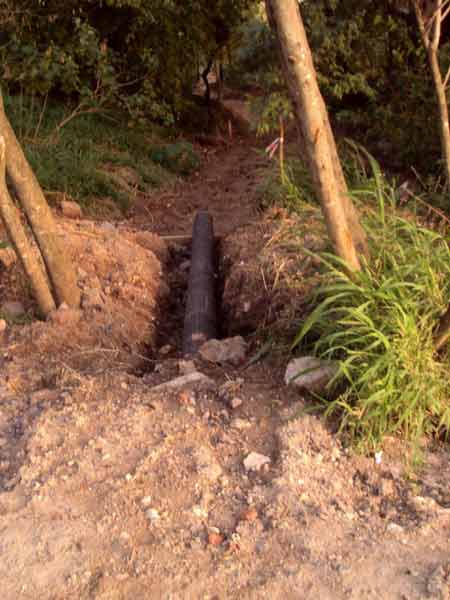 1-6-2013 © J. Simón Tagtachian 1-6-2013 © J. Simón TagtachianPipe already in Coypu 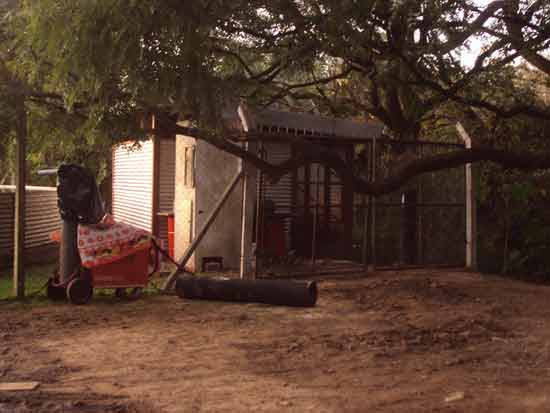 1-6-2013 © J. Simón Tagtachian  8-6-2013 © Cora Rimoldi 8-6-2013 © Cora RimoldiAnother work carried out was the building of showers and water fountain at both ends. Here the ones at Viamonte. 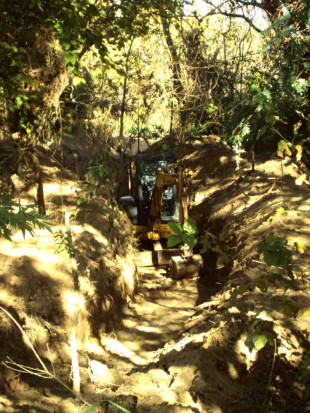 8-6-2013 © J. Simón Tagtachian 8-6-2013 © J. Simón TagtachianThe excavating machine deepening the ditch which takes water to Coypu  14-6-2013 © Nicolás Giorgio At canal Viamonte water inlet which will be pumped to Coypu 14-6-2013 © Nicolás Giorgio At canal Viamonte water inlet which will be pumped to Coypu 14-6-2013 © Nicolás Giorgio 14-6-2013 © Nicolás GiorgioRemoving vegetation at Coypu  14-6-2013 © Nicolás Giorgio 14-6-2013 © Nicolás GiorgioRemoving vegetation at Coypu 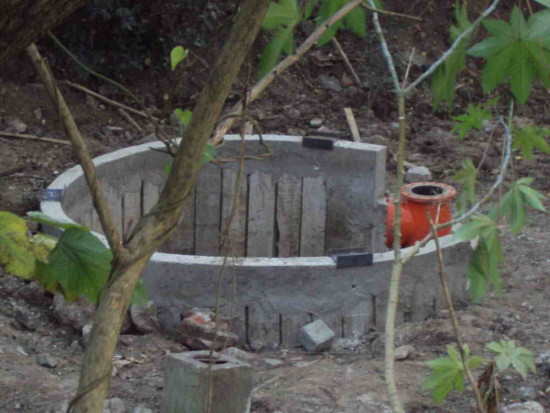 15-6-2013 © J. Simón Tagtachian 15-6-2013 © J. Simón TagtachianThey start building the pump very early in the morning.  15-6-2013 © J. Simón Tagtachian Valves 15-6-2013 © J. Simón Tagtachian Valves 15-6-2013 © J. Simón Tagtachian 15-6-2013 © J. Simón TagtachianPump cabin  15-6-2013 © Nicolás Giorgio 15-6-2013 © Nicolás GiorgioBy noon the connection was ready  29-6-2013 © J. Simón Tagtachian 29-6-2013 © J. Simón TagtachianArranging cobbles in the ditch to avoid water erosion  29-6-2013 © J. Simón Tagtachian 29-6-2013 © J. Simón TagtachianMes strainer at the beginning of Canal Viamonte 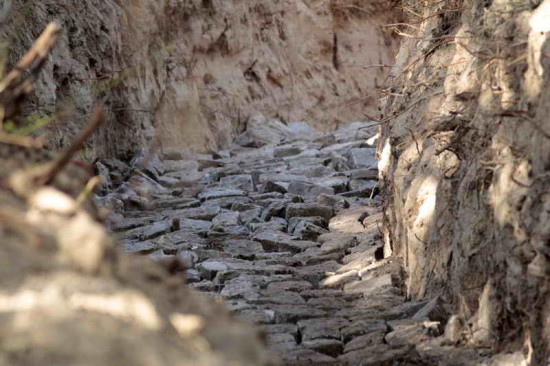 30-6-2013 © J. Simón Tagtachian 30-6-2013 © J. Simón TagtachianCobbled ditch  30-6-2013 © J. Simón Tagtachian 30-6-2013 © J. Simón TagtachianFilling Canal Viamonte  30-6-2013 © J. Simón Tagtachian 30-6-2013 © J. Simón TagtachianFilling Canal Viamonte  3-7-2013 © J. Simón Tagtachian 3-7-2013 © J. Simón TagtachianOn the 3rd we were invited along with other associations to see the progress of the works. During the visit Eduardo Haene, The Director of the Reserve at that time, took us to the pipe which takes water from the river into Canal Viamonte. Here injecting water. He explained to us that the water inlet goes under the fishermen's pier but does not the canal where the Buquebus sails. It is submerged but not lying on the bottom. Not floating on the surface avoids getting plastic adhered. Buoys will be installed to avoid hooks getting stuck. The other option to let water in was to remove the embankment which functions as a clog. If this embankment were not there water would get in with no problem. This option was discarded because it meant to pull down the embankment destroying all the vegetation and moving all the earth somewhere else and finally the problem of rubbish which would go into the canal easily.  3-7-2013 © J. Simón Tagtachian 3-7-2013 © J. Simón TagtachianWater crossing to Coypu drill
 7-7-2013 © Nicolás Giorgio 7-7-2013 © Nicolás GiorgioAt the same time pipes connecting Duck and Gull Ponds were being installed. Here the way opened on Duck Pond side next to the burnt viewpoint.  13-7-2013 © Nicolás Giorgio 13-7-2013 © Nicolás GiorgioAccess for the machinery to remove vegetation at Coypu from Lizard Path. 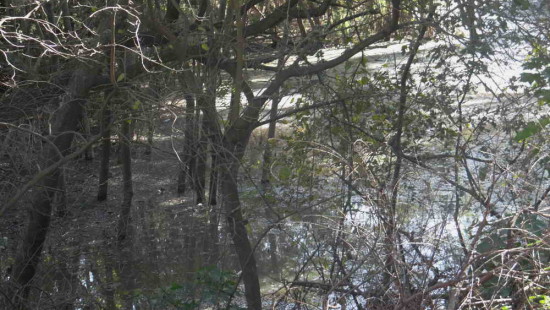 7-7-2013 © Nicolás Giorgio 7-7-2013 © Nicolás GiorgioFlooded Canal Viamonte  13-7-2013 © Amelia Besana Other connections between Coypu and Duck at Brasil end 13-7-2013 © Amelia Besana Other connections between Coypu and Duck at Brasil end  13-7-2013 © Amelia Besana View o Duck Pond 13-7-2013 © Amelia Besana View o Duck Pond 13-7-2013 © Amelia Besana Dredge at Canal Viamonte 13-7-2013 © Amelia Besana Dredge at Canal Viamonte 13-7-2013 © Amelia Besana Drills injecting water into Coypu Pond 13-7-2013 © Amelia Besana Drills injecting water into Coypu Pond 16-7-2013 © Nicolás Giorgio Board 16-7-2013 © Nicolás Giorgio Board 16-7-2013 © Nicolás Giorgio Removal of vegetation at Coypu Pond 16-7-2013 © Nicolás Giorgio Removal of vegetation at Coypu Pond 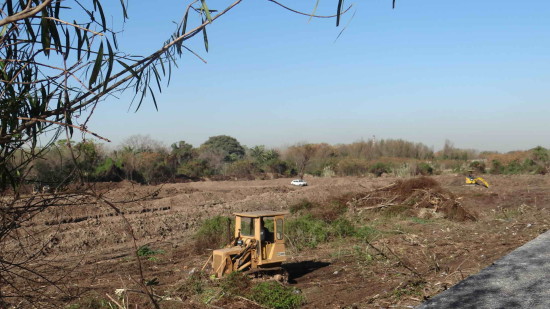 16-7-2013 © Nicolás Giorgio 16-7-2013 © Nicolás GiorgioRemoval of vegetation at Coypu Pond  16-7-2013 © Nicolás Giorgio Removal of vegetation at Coypu Pond 16-7-2013 © Nicolás Giorgio Removal of vegetation at Coypu Pond  16-7-2013 © Nicolás Giorgio 16-7-2013 © Nicolás GiorgioRemoval of vegetation at Coypu Pond 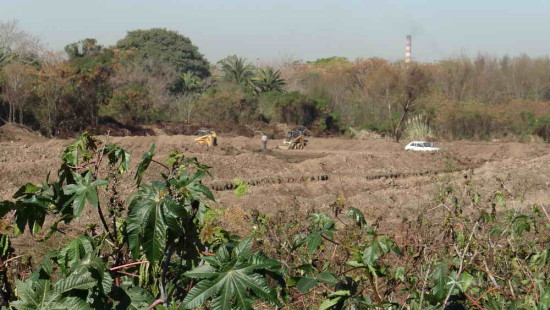 16-7-2013 © Nicolás Giorgio Removal of vegetation at Coypu Pond 16-7-2013 © Nicolás Giorgio Removal of vegetation at Coypu Pond 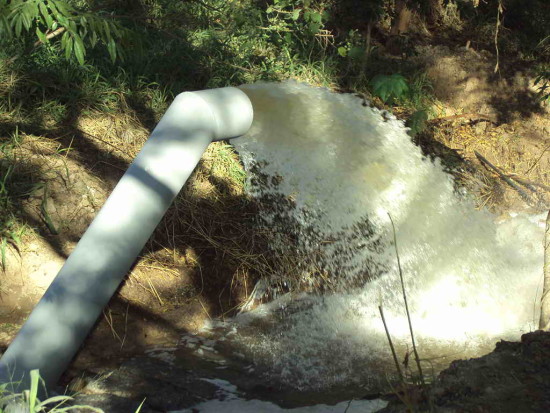 20-7-2013 © J. Simón Tagtachian By this time the real filling of the pond began. As they told us the pump would work all day to fill the pond. Once filled they thought to renew 10% of the volume of the pond, that is 30000m3. This would be done in a couple of days. Water is renewed and the pump is off. The water stills filters and the level goes down because the ground is not saturated. Remaining with water will lead to saturation. 20-7-2013 © J. Simón Tagtachian By this time the real filling of the pond began. As they told us the pump would work all day to fill the pond. Once filled they thought to renew 10% of the volume of the pond, that is 30000m3. This would be done in a couple of days. Water is renewed and the pump is off. The water stills filters and the level goes down because the ground is not saturated. Remaining with water will lead to saturation. The first stage of the project had been accomplished when an unfortunate event took place. On July 31st a great fire broke outat the Gull Pond on the Lizard Path. The fire could easily reach Coypu and dried vegetation is a perfect combustible. We suppose that for security reasons they broke the embankment to get wet the vegetation in the pond and act as a firebreak. This led to rethinking the project. Removing dry vegetation is not the same as removing flooded vegetation. |

